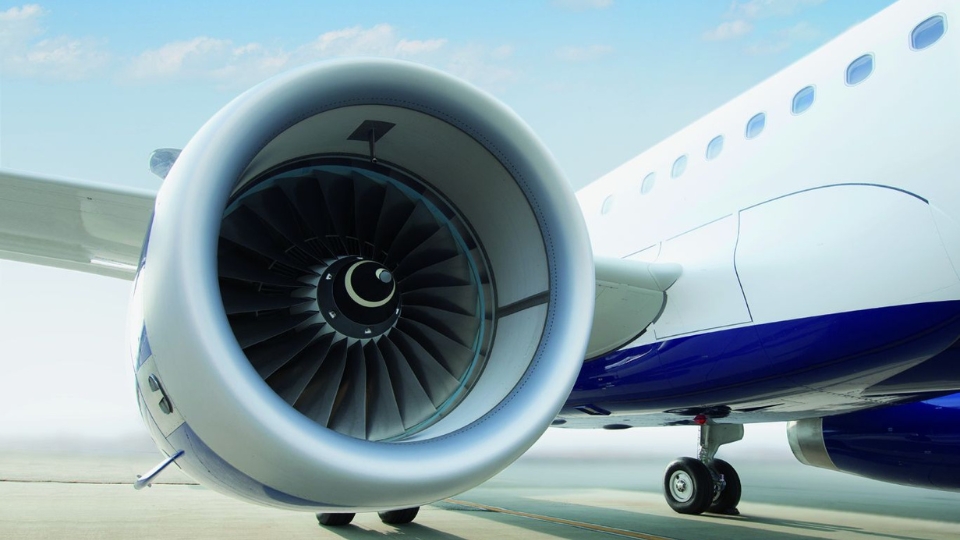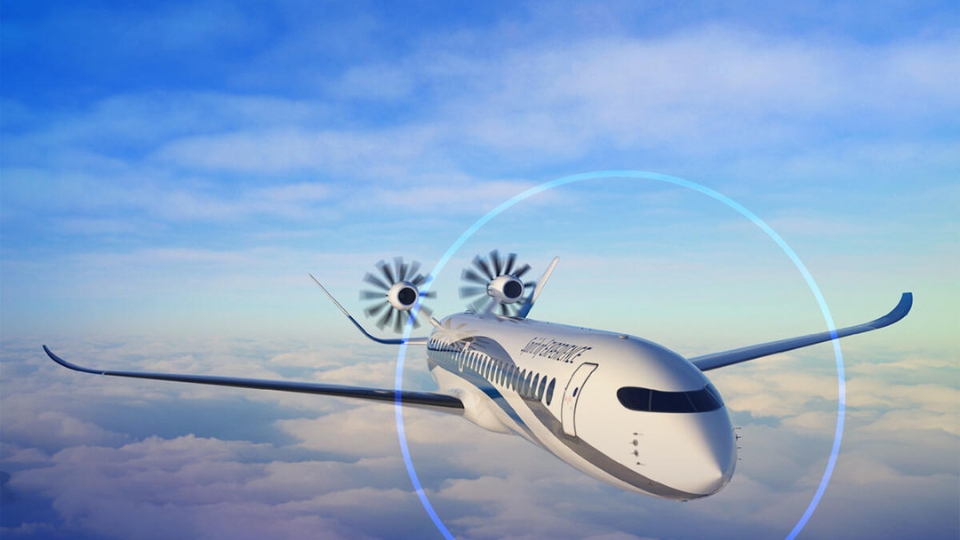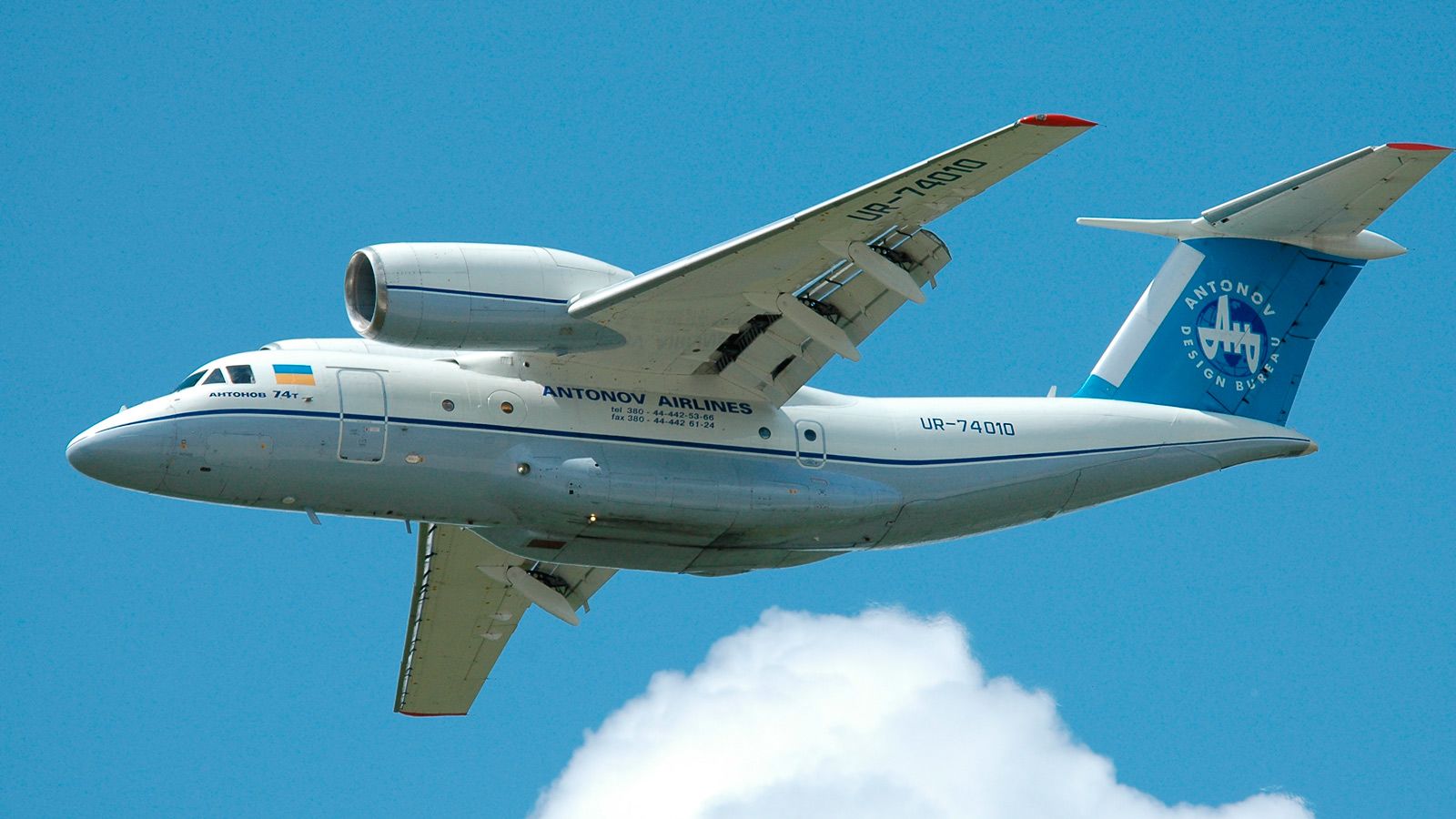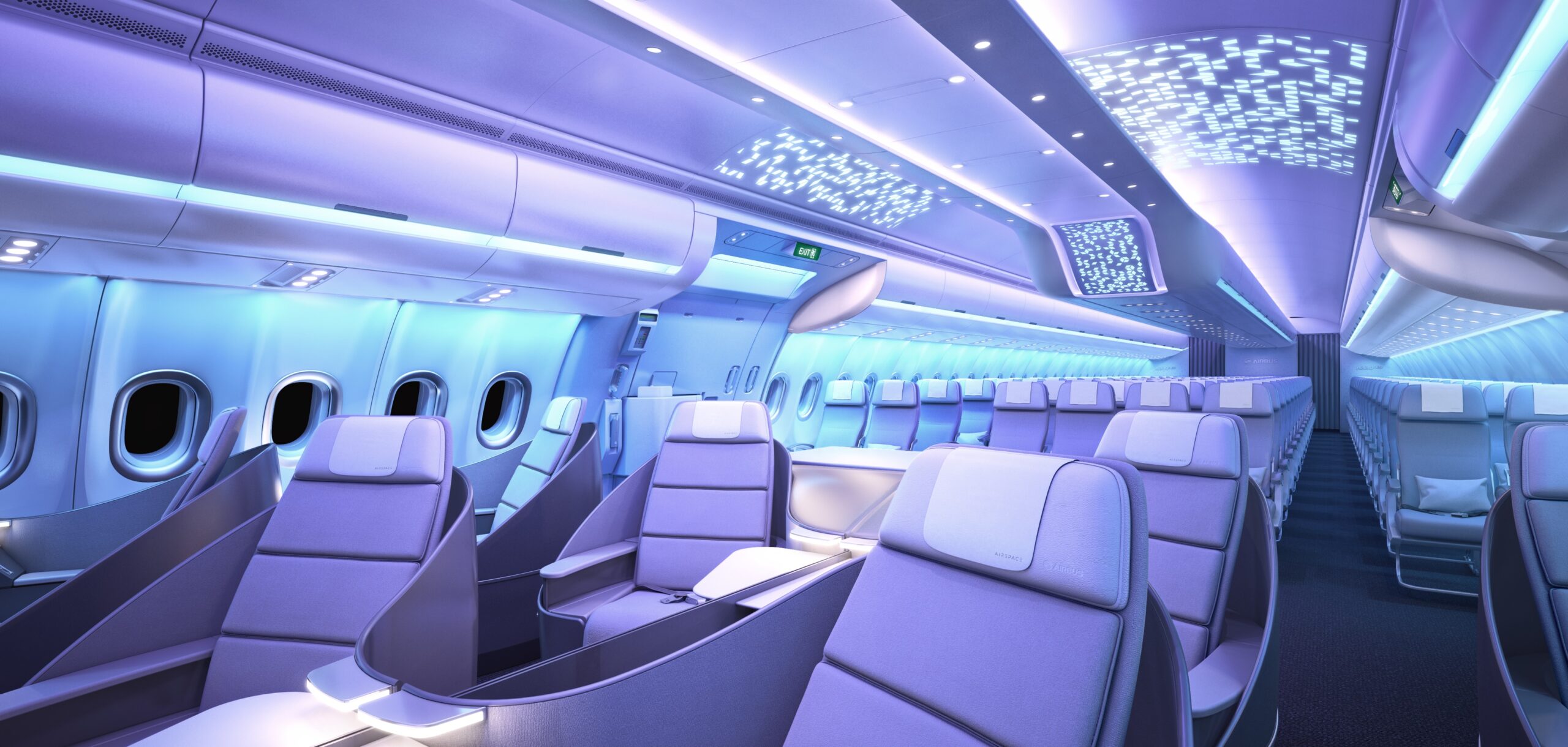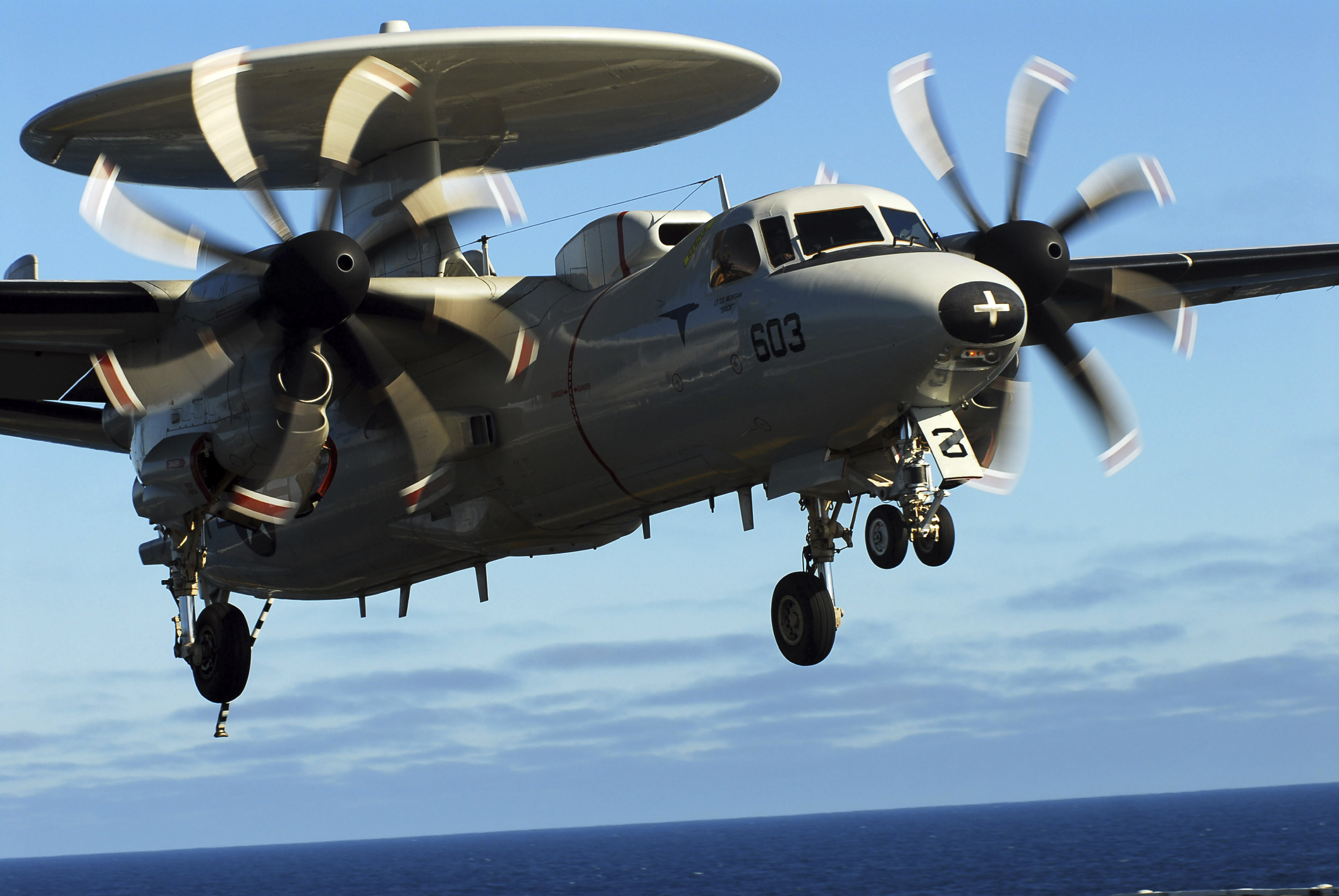The aviation industry in 2025 is defined by innovation, efficiency, and performance. Top aircraft models worldwide continue to adopt aircraft that deliver superior fuel efficiency, extended range, and enhanced passenger experience. Choosing the right model allows carriers to reduce costs, meet environmental targets, and stay competitive in global markets. Several standout aircraft dominate the skies this year due to their advanced technology and operational value.
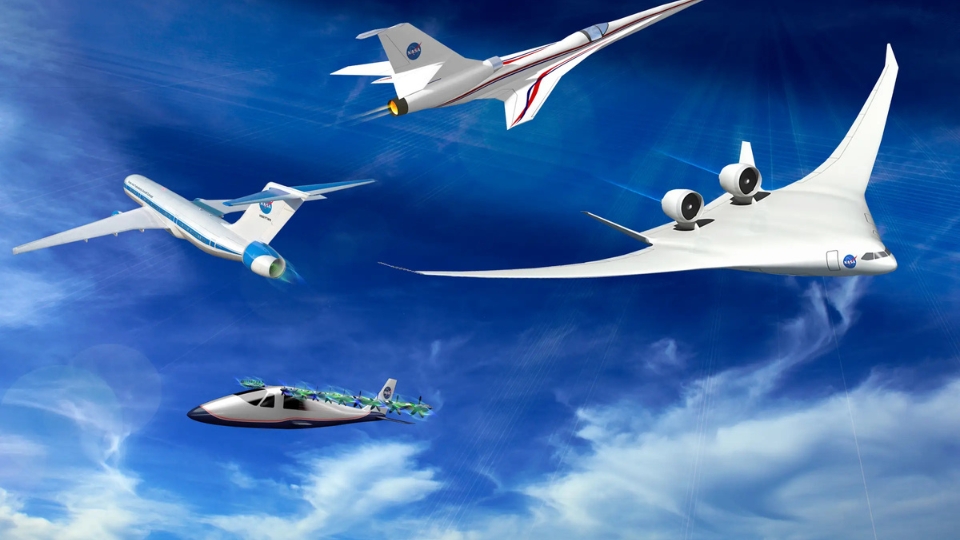
Top Aircraft Models Leading the Sky in 2025
Airbus A320neo Family—The Narrow-Body Workhorse
The A320neo family remains a key choice for short- and medium-haul flights. Its fuel-saving engines and optimized aerodynamics help airlines reduce operating costs. Passengers benefit from quieter cabins and improved comfort.
This aircraft is flexible for high-frequency operations, connecting regional cities efficiently. Its compact size allows access to smaller airports, saving time on ground transportation. Moreover, the A320neo’s proven performance makes it a reliable option for airlines expanding their fleet with minimal risk.
Boeing 737 MAX Family—Popular Single-Aisle Contender
The 737 MAX series continues to dominate narrow-body fleets. Upgraded engines, advanced winglets, and modern avionics increase fuel efficiency and reliability. Airlines rely on this aircraft for busy domestic and regional routes.
Pilots appreciate its familiar controls and responsive handling, which reduce training time. Its efficiency enables carriers to schedule more flights daily, increasing revenue without compromising passenger comfort. Consequently, the 737 MAX remains a top choice for short- and medium-haul operations.
Airbus A350-1000 — The Next-Gen Wide-Body
For ultra-long-haul flights, the A350-1000 stands out as a leader in 2025. Its carbon-fiber fuselage and next-generation engines reduce fuel consumption while extending range. Passengers enjoy spacious cabins, advanced air filtration, and enhanced in-flight comfort.
Airlines benefit from lower per-seat operating costs on long-distance routes. Additionally, the aircraft’s quiet engines improve passenger experience and reduce noise impact at airports. The A350-1000 exemplifies how modern engineering supports both operational efficiency and passenger satisfaction.
Boeing 777X (777-9)—The Advanced Jumbo Twin
The 777X series represents Boeing’s leap forward in wide-body technology. Its folding wingtips, large composite wings, and efficient engines provide exceptional range and capacity. Airlines use this aircraft for high-demand international routes where efficiency and reliability are critical.
The 777X accommodates more passengers without increasing fuel burn significantly. It also offers advanced cockpit systems that improve flight management and safety. By combining performance with luxury, this model appeals to airlines serving premium global travelers.
Airbus A330neo—The Smart Wide-Body Upgrade
The A330-900neo remains a versatile wide-body choice for airlines in 2025. It delivers modern engines, optimized aerodynamics, and a comfortable cabin at a lower acquisition cost than newer ultra-long-haul models.
Airlines often deploy the A330neo on medium- to long-haul routes. Its fuel efficiency and operational reliability allow carriers to expand networks cost-effectively. Moreover, this model provides flexibility for airlines adjusting to evolving passenger demand and fleet requirements.
Why These Models Lead in 2025
Efficiency and Fuel Savings
All leading aircraft emphasize fuel efficiency through advanced engines, lightweight materials, and aerodynamic optimization. This reduces operating costs while lowering environmental impact. Fuel efficiency also allows airlines to serve longer routes without additional refueling stops.
Range and Flexibility
Modern aircraft no longer compromise between range and efficiency. Narrow-body models cover dense regional networks, while wide-bodies enable nonstop intercontinental travel. Flexibility in deployment ensures airlines can respond quickly to changing market needs.
Passenger Experience
Comfort remains a crucial factor. Wider seats, improved air circulation, advanced lighting, and quieter cabins enhance passenger satisfaction. Business and leisure travelers now expect a seamless and pleasant flight, and these aircraft deliver on that promise.
Fleet Renewal Strategy
Airlines continue to replace older models with more efficient aircraft. These leading models allow carriers to modernize fleets, reduce maintenance costs, and comply with sustainability regulations. Strong global demand highlights their reliability and long-term value.
Looking Ahead
Even as these aircraft lead the skies in 2025, the industry already looks to the next wave of innovation. Concepts like blended-wing designs, hydrogen propulsion, and electric aircraft promise even higher efficiency and lower emissions.
For now, airlines prioritize proven performance, operational reliability, and passenger comfort. These considerations ensure that the A320neo, 737 MAX, A350-1000, 777X, and A330neo remain mainstays of global fleets.
Conclusion
In 2025, aircraft selection defines airline success. Models like the A320neo and 737 MAX dominate short-haul operations, while wide-bodies such as the A350-1000, 777X, and A330neo lead long-haul routes.
These aircraft combine fuel efficiency, extended range, and passenger comfort, ensuring airlines stay competitive while meeting sustainability targets. Ultimately, the leading aircraft of 2025 set the standard for operational excellence and innovation in modern aviation.





